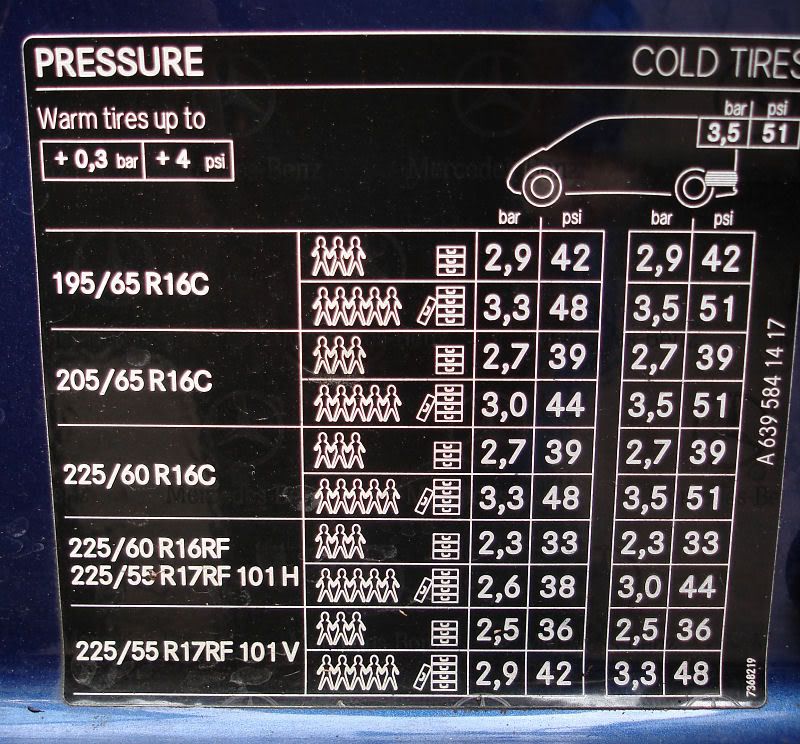Been looking at new tyres for the Vito. Slightly puzzled why 225/55 R17 101H seem to cost significantly more than 225/55 R17 101V e.g.
Continental Vanco - 225-55-17-H - etyres
Continental Vanco - 225-55-17-V - etyres
Same tyre make, model, size & load rating. It's not just an oddity at this particular retailer - the H rated version appears to consistently be £30-£40 more expensive ... why??
Our Vito came with H rated tyres and I've stuck with them previously, but switching to V rated seems to be a no-brainer??
Continental Vanco - 225-55-17-H - etyres
Continental Vanco - 225-55-17-V - etyres
Same tyre make, model, size & load rating. It's not just an oddity at this particular retailer - the H rated version appears to consistently be £30-£40 more expensive ... why??
Our Vito came with H rated tyres and I've stuck with them previously, but switching to V rated seems to be a no-brainer??

